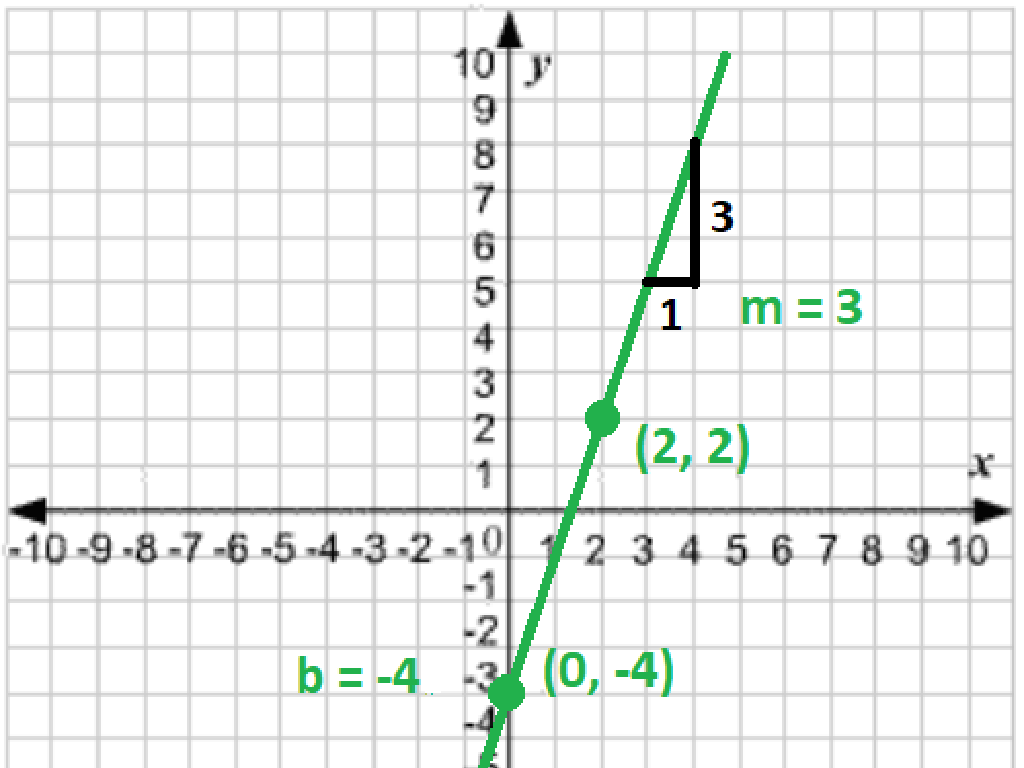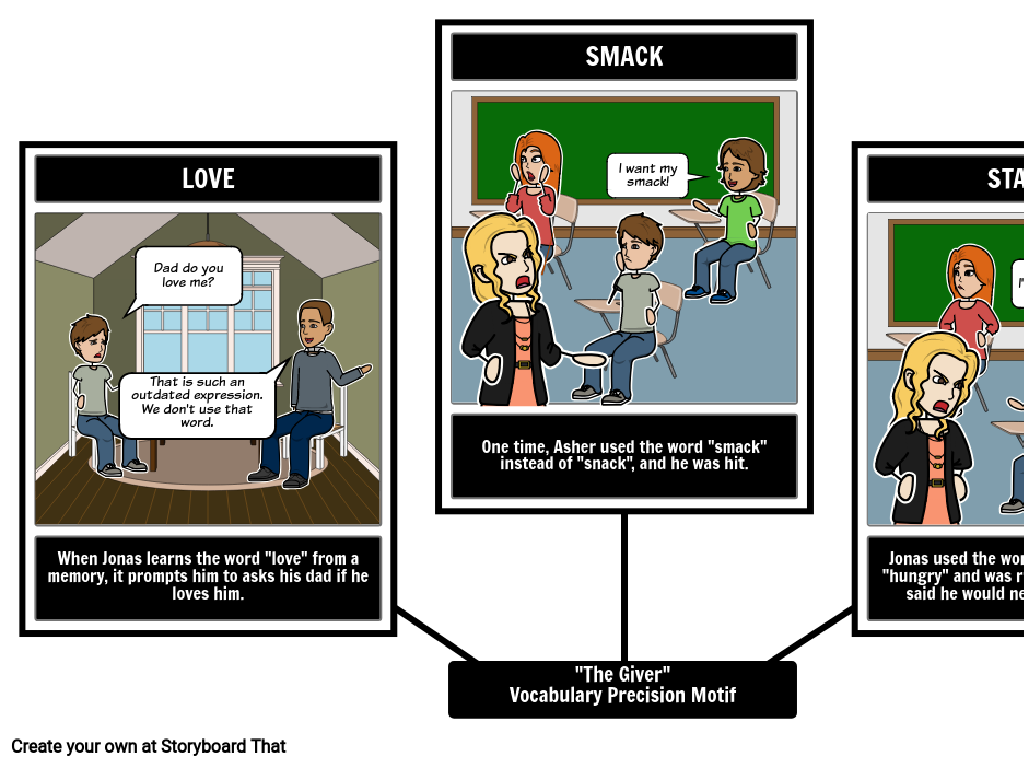Identify Constellations
Subject: Science
Grade: Sixth grade
Topic: Astronomy
Please LOG IN to download the presentation. Access is available to registered users only.
View More Content
Today’s Adventure: Identifying Constellations
– What are constellations?
– Groups of stars forming patterns, named after objects, animals, or mythological beings.
– Constellations’ role in history
– Used for navigation, storytelling, and as calendars by ancient civilizations.
– Scientific significance of constellations
– Help astronomers organize the sky and track celestial events.
– Recognizing patterns in the sky
|
This slide introduces the concept of constellations to the students, explaining that they are patterns of stars in the sky that have been given names based on their apparent shapes. Historically, constellations have served many purposes, from helping sailors navigate the seas to allowing cultures to pass down stories and myths. Scientifically, constellations assist astronomers in mapping the sky and tracking the movement of celestial bodies. Encourage students to think about how people long ago might have used the stars for different purposes. In the next class, we will learn how to identify some of the most famous constellations and understand their stories and significance.
Exploring the Night Sky: Constellations
– What is a constellation?
– A pattern of stars named after figures, animals, or objects
– Constellations represent figures
– For example, Orion is a hunter, Leo is a lion
– 88 recognized constellations
– The International Astronomical Union recognizes 88 unique constellations
– Constellations across cultures
– Different cultures have their own constellations and stories
|
Introduce the concept of constellations as patterns of stars in the night sky, which humans have historically used for navigation and storytelling. Explain that these patterns often represent figures, animals, or objects, and that while there are 88 internationally recognized constellations, many cultures have their own interpretations and names for these star patterns. Encourage students to think about why certain constellations might have been important in the past and how they continue to capture our imagination today.
The Stories in the Stars: Constellation Myths
– Constellations and ancient myths
– Many constellations are named after characters from old stories and myths.
– Cultural sky stories
– Different civilizations saw patterns in the stars and created their own constellations.
– Greek and Roman star patterns
– For example, Greek mythology gives us constellations like Orion and Hercules.
– Egyptian and Native American skies
– The Egyptians revered Orion, which they linked to Osiris, while Native Americans have their unique star lore.
|
This slide introduces students to the rich cultural history behind constellations. Explain that many of the star patterns we recognize today are based on tales passed down through generations and that these stories often reflect the values and beliefs of the cultures they originated from. Highlight how constellations like Orion have different meanings in Greek and Egyptian cultures, and encourage students to explore how Native American constellations differ from those in the Western zodiac. This discussion can lead to a broader conversation about the intersection of astronomy, history, and culture.
Finding Constellations in the Night Sky
– Learn to use a star map
– A star map guides us to identify constellations
– Tips to find constellations
– Look for patterns; use landmarks like the North Star
– Locate the North Star
– Polaris, the North Star, helps orient the star map
– Practice with Big Dipper & Orion
– Start with these easy-to-spot constellations as your first step
|
This slide aims to equip students with the basic skills needed to identify constellations in the night sky. Begin by explaining how a star map is a crucial tool for astronomers and can be used to locate constellations. Emphasize the importance of finding the North Star, Polaris, which is key to orienting oneself when stargazing. Encourage students to start with recognizable constellations such as the Big Dipper and Orion, which are easier to find and can serve as reference points for locating other constellations. Provide tips on how to spot these constellations and suggest practicing on a clear night. The goal is for students to become familiar with these celestial patterns and to spark interest in astronomy.
Constellations Across Seasons
– Seasonal sky changes
– Earth’s orbit changes our view of stars
– Summer vs. winter constellations
– Orion is winter-bound, Scorpius in summer
– Tonight’s visible constellations
– Use a star chart to find constellations
– Activity: Constellation identification
|
This slide introduces the concept that different constellations are visible in different seasons due to Earth’s orbit around the Sun. Highlight the contrast between constellations like Orion, which dominates the winter sky, and Scorpius, a staple of summer. For the activity, provide students with star charts and guide them to identify constellations visible in the current night sky. Encourage them to consider factors like light pollution and current season. The activity should be hands-on, with students working in groups to simulate the night sky and identify constellations using the provided materials. Possible variations include using a planetarium app, creating constellation maps, or even an evening field trip for live observation if possible.
Using Technology to Explore the Stars
– Modern tools: apps & websites
– Explore the sky with apps like Star Walk or websites like Stellarium.
– Using telescopes for constellations
– Adjust the telescope’s lens and focus on a point in the sky to view constellations.
– Classroom activity with an app
– Find and identify constellations using a mobile app during class.
|
This slide introduces students to the technological advancements that have made studying the night sky more accessible. Highlight the use of mobile applications and websites that can help identify constellations easily. Explain the basics of using a telescope, including setup and adjustment for clear viewing. For the classroom activity, guide students on how to use a mobile app to locate and identify constellations from their location. Ensure the app is installed on devices beforehand. As an extension, students can be encouraged to explore the night sky at home with their families using these tools. Provide a list of recommended apps and websites for further exploration.
Class Activity: Create Your Own Constellation
– Imagine a new constellation
– Draw and name your constellation
– Craft a story for your constellation
– Think about myths, legends, or personal experiences for inspiration
– Share with the class
|
This activity is designed to engage students’ creativity and understanding of constellations. Students will use their imagination to invent a constellation, which they will then draw and name. Encourage them to think about the stories behind real constellations as they craft their own tales. This can be a personal story or one inspired by myths and legends. Once completed, each student will have the opportunity to present their constellation and its story to the class, fostering public speaking skills and peer learning. For the teacher: Prepare art supplies for drawing, and consider creating a gallery of the constellations on a classroom wall. Offer guidance on storytelling techniques and provide examples of constellation myths to inspire the students.
Constellation Recap & Questions
– Review key constellation facts
– Name a constellation we learned
– Think about the stories behind them
– Ask any questions you have
– No question is too small!
– Share interesting constellation facts
– Did you know some are visible only in certain seasons?
|
This slide is meant to engage students in a review session where they can reflect on what they’ve learned about constellations. Start by summarizing the key points discussed during the lesson. Encourage students to recall and name different constellations, emphasizing the importance of the stories and myths behind them. Open the floor for questions, reassuring students that all questions are welcome and valuable for learning. Finally, prompt them to share any interesting facts they’ve learned or read about, such as the seasonal visibility of certain constellations, to foster a deeper interest in astronomy. This interactive session will help reinforce their knowledge and clarify any uncertainties.
Stargazing Homework: Spot the Constellations
– Observe the night sky tonight
– Spot at least one learned constellation
– Look for patterns we studied, like the Big Dipper
– Fill out the constellation worksheet
– Use the worksheet to record location and shape
– Discuss your findings in class
– Be ready to share your experience and learnings
|
This homework assignment is designed to reinforce the students’ ability to identify constellations in the real night sky. Encourage them to apply what they’ve learned in class and use their observation skills. Provide a worksheet that guides them in documenting the constellations they find, including the name, location, and any notable stars. Remind them to consider factors such as light pollution and weather conditions that may affect visibility. The next day, hold a discussion where students can share their observations, challenges they faced, and any interesting facts they learned. This will help solidify their understanding of constellations and foster a sense of curiosity about the night sky.





